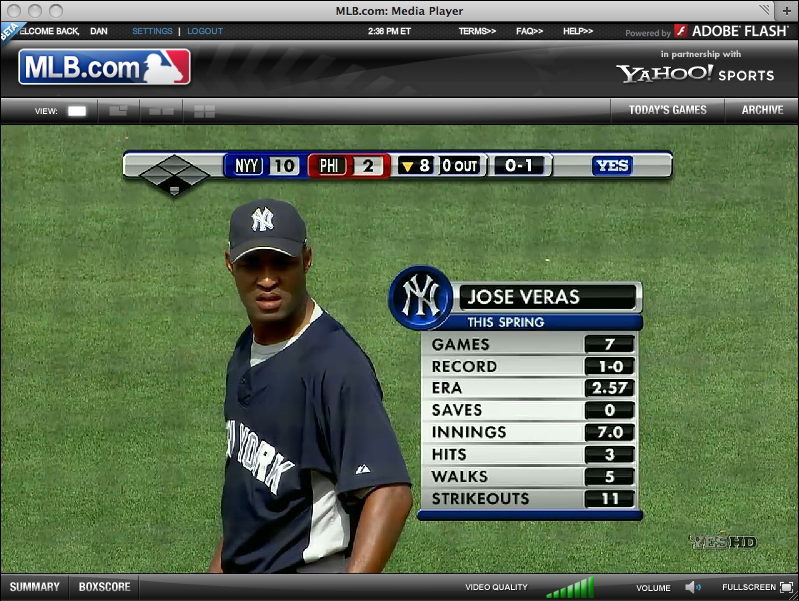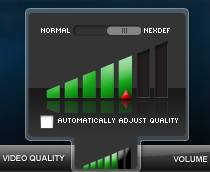Limelight To Challenge Akamai With E-Commerce, Whole Site Delivery Product

This morning Limelight officially launched their new whole site delivery product, branded LimelightSITE, directly targeting a market that has always been dominated by Akamai. Targeting E-Commerce, enterprise, government and financial companies, Limelight is looking to offer a competitive performance based service which is expected to be cheaper than Akamai's. While many in the industry have always said that the strength of Akamai's network lies in their performance when delivering small objects, clearly a debate is about to start now that Limelight has entered the market. While I'll leave it up to customers to be the deciding factor, I'll have a follow up post later today comparing the two services on a technology level.
For those not familiar with how whole site delivery is used, it's the ability to delivery more than just small objects like images. Whole site delivery includes all of the objects of the page like the text, scripts, images, as well as dynamic personalization elements, executed code and the rich media objects. For E-Commerce customers, this means delivering things like database acceleration, delivery of scripts and SSL transactions.
While Limelight's service won't be available until April, the company has already been offering the service to strategic customers and to date, has signed up over 160 customers in the past six months. While I don't yet have a sense of the average ARPU specific to these customers, we can expect Limelight to break out those numbers in the near term. While Limelight says they are not directly targeting Akamai customers and don't expect their product to be able to compete with Akamai for all whole site delivery needs, Limelight said that they expect LimelightSITE to satisfy about 75% of customers looking for more than just small object delivery. Like Akamai, Limelight agrees that their biggest competition will come from IT managers who want to build out the functionality in-house. Unlike video, which most IT folks don't want to touch, delivering smaller objects is something many enterprise companies try to keep in house.
Limelight is already aggressively targeting the financial markets and has already signed up folks like ING Direct, Deutsche Bank and is going to be actively going after finance, government and E-Commerce customers with specific marketing and ad campaigns geared toward IT managers and CMO's. It's also interesting to think about the positive revenue impact this new product could have for Limelight in regards to resellers like Global Crossing, which has a deep base of enterprise customers.
If Limelight executes correctly and is successful in signing up customers with the new service, there is a lot of upside for the company. Most importantly, it enables Limelight to diversify their revenue stream from more than just video and over time, will help them increase their margins. Whole site delivery and small object delivery in general has higher margins, is less competitive with fewer vendors in the market and leads to a lot more profitable business like professional services. While Limelight says that their product is "competitive in terms of speed and performance with any product on the market today for whole site delivery", customers will be the ones to let us know if that's the case. And with 160 customers already using the service, one has to believe that Limelight's product is clearly a fit for some segment of the market. If Limelight's service can show the performance level that Akamai can deliver, at a cheaper cost, it's bad news for Akamai as pricing pressure will begin to creep in to their business, just like we've seen with video. The real question is what percentage of Akamai customers is Limelight's new service a fit for and more importantly, how many of them will look at it as a viable alternative in the market?
Today, it's too early to know if Limelight can make a dent in Akamai's business for this service. Even if Limelight is successful, it's going to take them a few quarters to get the marketing out the door, get sales ramped up and start to brand themselves as being more than a CDN that to date, has really only been thought of for large objects, not small ones. I think by the fourth quarter of this year we'll have a pretty good idea on what impact this is or is not having on Akamai and twelve months from now we should have a very clear picture.
Either way it's bad news for Akamai, which has always dominated the market for these services with almost no competition. Even if Limelight doesn't grab a huge amount of Akamai's market share, it's still going to make Akamai's job of selling harder and cause them to have to explain the differences between their solution and Limelight's. While Limelight's offering won't have a direct impact on Akamai's revenue in the next few quarters, it's something to keep an eye on.
Look for my post later today next week, that explains the technical differences between the two services, which I'm sure will be at the root of the debate that some will use to determine who's service will have the better performance.
Related Posts
– Apple Moves To Dual CDN Vendor Strategy: Now Using Limelight With Akamai
– Limelight's Recent Network Buildout Lowering CDN Pricing, Impacting Margins
– Video CDN Pricing Stable In Q4: Discounts Given For Lower Bandwidth Tiers






